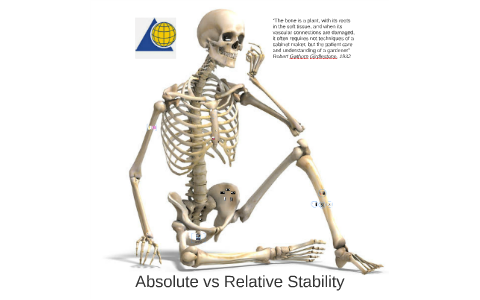When it comes to understanding system dynamics, the concepts of absolute stability and relative stability serve as the bedrock of analysis. These terms, while often flung around in technical conversations, create a tapestry of meaning that is both rich and intricate. Imagine a ship navigating turbulent waters; the concepts of stability act as your compass and anchor along this unpredictable journey.
Let’s embark on an exploration of these fascinating notions, beginning with absolute stability. Picture this as a resolute fortress standing firm against the most ferocious storms. In the realm of engineering and control systems, absolute stability refers to the condition in which a system withstands any perturbations and returns to its equilibrium state indefinitely. It’s akin to a perfectly balanced seesaw, robust and unyielding, where forces applied only serve to momentarily disturb its peace before it resolutely returns to equilibrium, undeterred and proud.
But how do we ascertain when a system is absolutely stable? It often relies on mathematical principles, notably the Routh-Hurwitz criterion or Lyapunov’s methods, which allow engineers to inspect the system’s characteristic equations. Herein lies a profound realization: the essence of absolute stability transcends mere mathematics. It embodies a sense of unwavering assurance that propels engineers toward innovation, guiding them as they craft structures and systems designed to endure the inevitable churn of energy fluctuations and environmental chaos.
Now, let’s pivot to relative stability—the charming cousin of absolute stability, full of nuance and adaptability. Think of relative stability as the nimble dancer, gracefully responding to the shifting rhythms of their surroundings. This concept embodies a system’s ability to maintain stability within a limited range of disturbances, often described as an “acceptable” degree of stability. Such a system may waver, bend, and sway, yet it retains enough resilience to ultimately find its way back to a state of equilibrium.
In the context of control systems, relative stability is assessed using gain and phase margins, which essentially provide a glimpse into how robustly a system can handle fluctuations or uncertainties. Here, the focus lies not merely on avoiding instability but on navigating through the complexities of disturbances, like a skilled mariner adjusting the sails of a ship to harness the wind’s direction. Thus, systems characterized by relative stability often find themselves in ever-changing environments, adapting like a chameleon to survive and thrive amidst turmoil.
To encapsulate the difference, one might muse upon the analogy of a wise elder versus a sprightly youth. The wise elder (absolute stability) stands steadfast, embodying wisdom and experience that transcend the whims of fate. In contrast, the sprightly youth (relative stability) possesses the vigor and flexibility that allow them to pivot swiftly, embracing new adventures while remaining grounded enough to return home safely.
Understanding the interplay of these two concepts is essential for engineers, designers, and decision-makers who navigate the sea of system dynamics. When should one opt for absolute stability versus relative stability? The answer is as layered as the concepts themselves. Projects that require unwavering reliability—such as in aerospace engineering, medical devices, or critical infrastructure—often necessitate an unyielding commitment to absolute stability. Such projects serve as the bastions of safety, where even the tiniest variation could have cataclysmic repercussions.
Conversely, industries that thrive on innovation and adaptability—think of software development, robotics, or autonomous systems—may lean more towards relative stability. In these domains, flexibility is paramount, demanding that systems remain responsive to user inputs and environmental changes. Like a surfer riding the crest of a wave, the capacity to maneuver helps such systems excel by bending, yet not breaking.
However, it is crucial to understand that absolute and relative stability are not mutually exclusive; they exist on a continuum. Systems can pivot between the two as they encounter various stresses. For example, an autopilot system in aviation must absolutely stabilize the craft during critical moments, such as takeoff and landing, yet exhibit relative stability during routine cruising, where slight adjustments to altitude or speed are routine.
In conclusion, the world of stability is vast and nuanced. Absolute stability and relative stability provide different lenses through which to assess and design systems. The ability to distinguish between them adds a profound depth to our grasp of system dynamics, enabling more informed decisions that ultimately lead to enhanced system performance and resilience. As we navigate this dynamic interplay, let us embrace the charge to create systems that not only withstand the trials of time and turbulence but also adapt and flourish. In the harmonious balance between steadfastness and flexibility lies the art of engineering that shapes our world, turning the abstract into the tangible, the theoretical into the practical.
